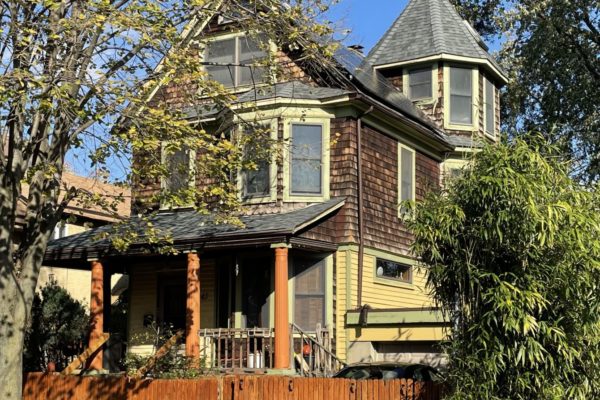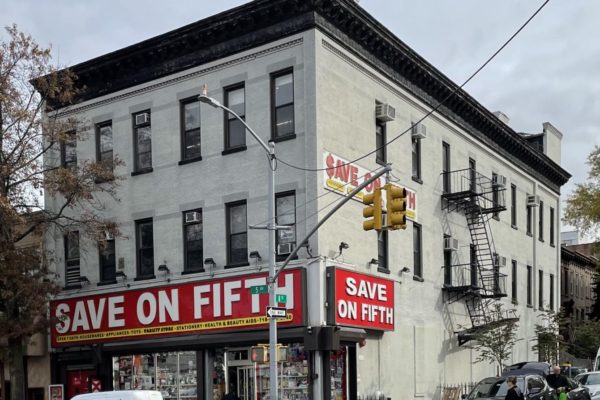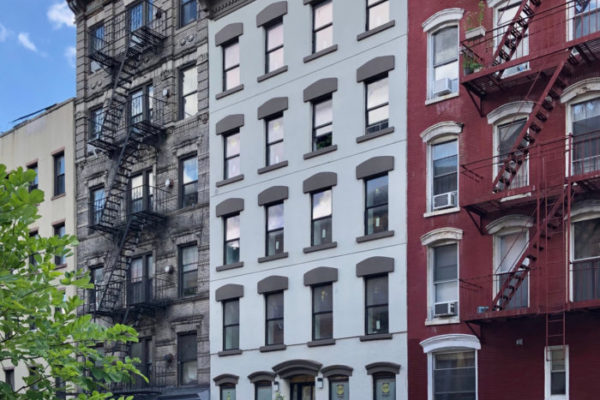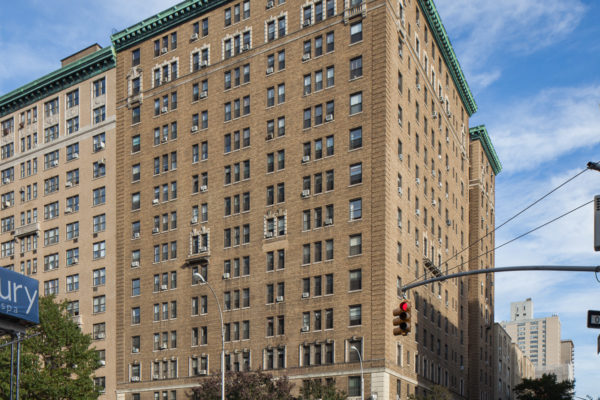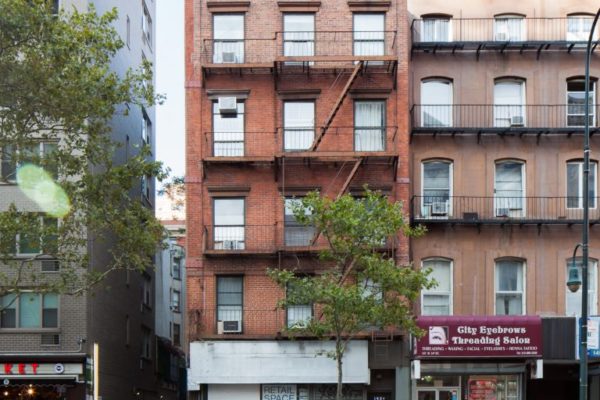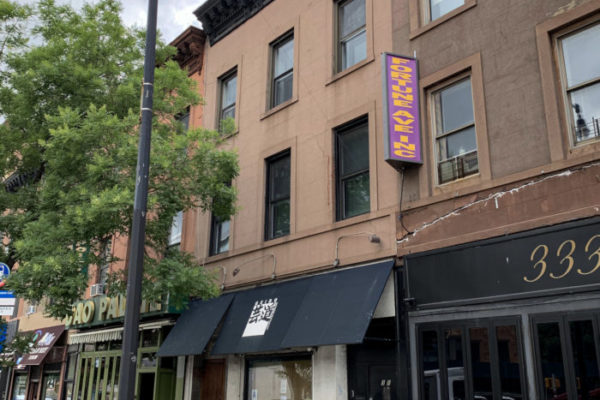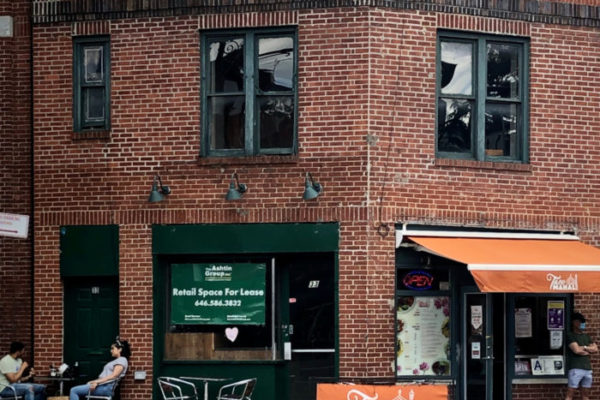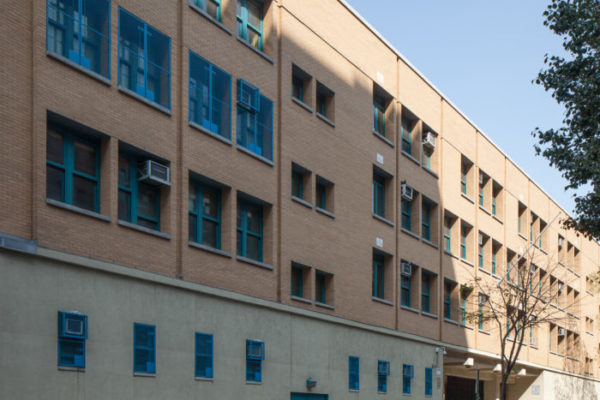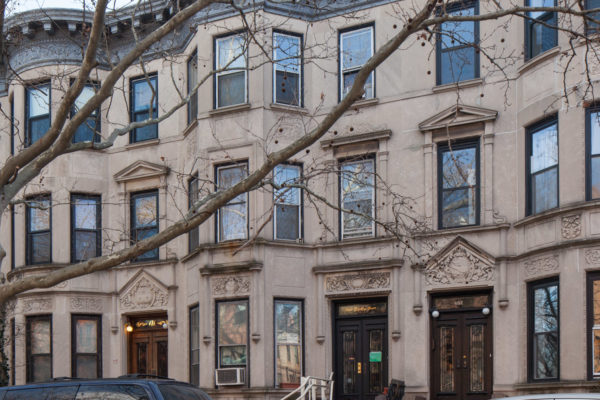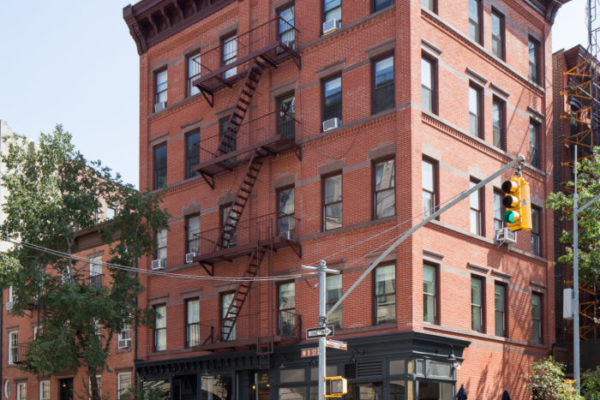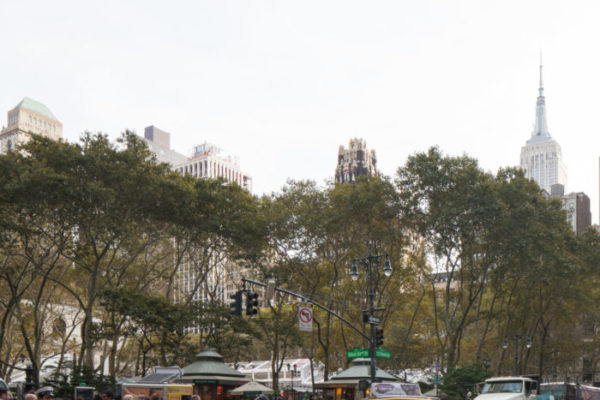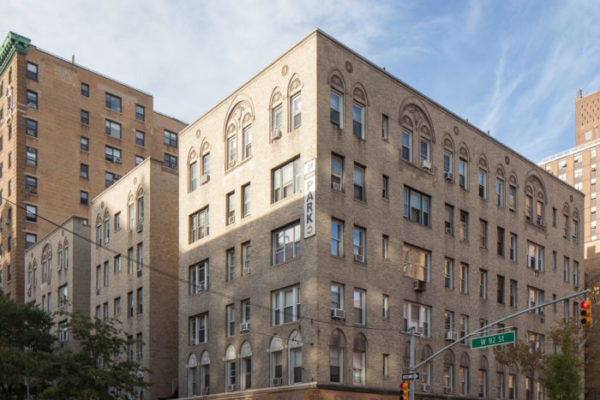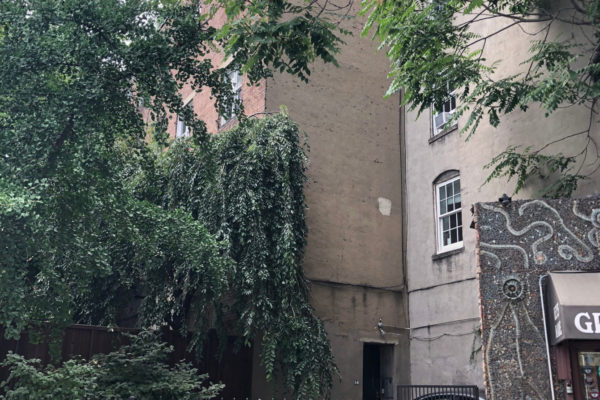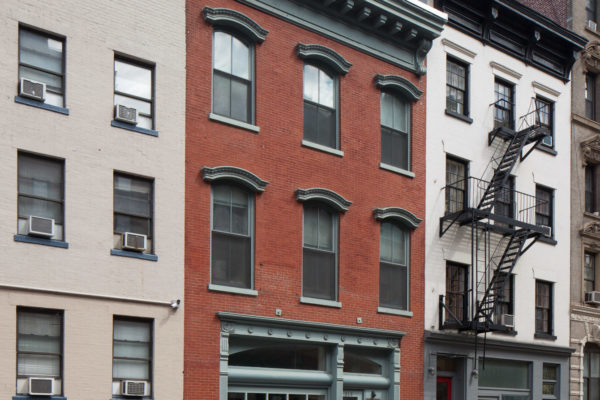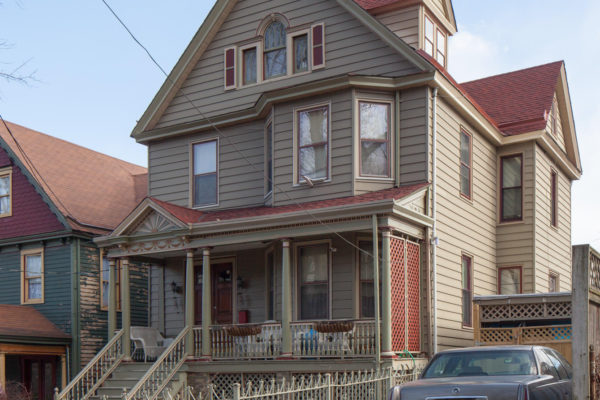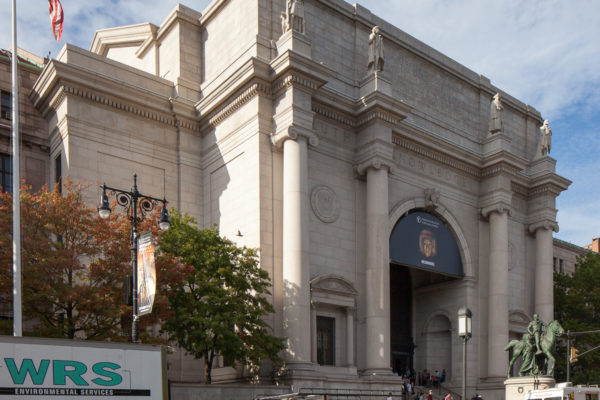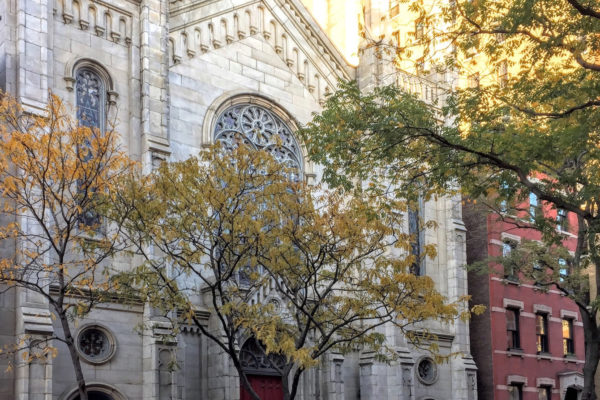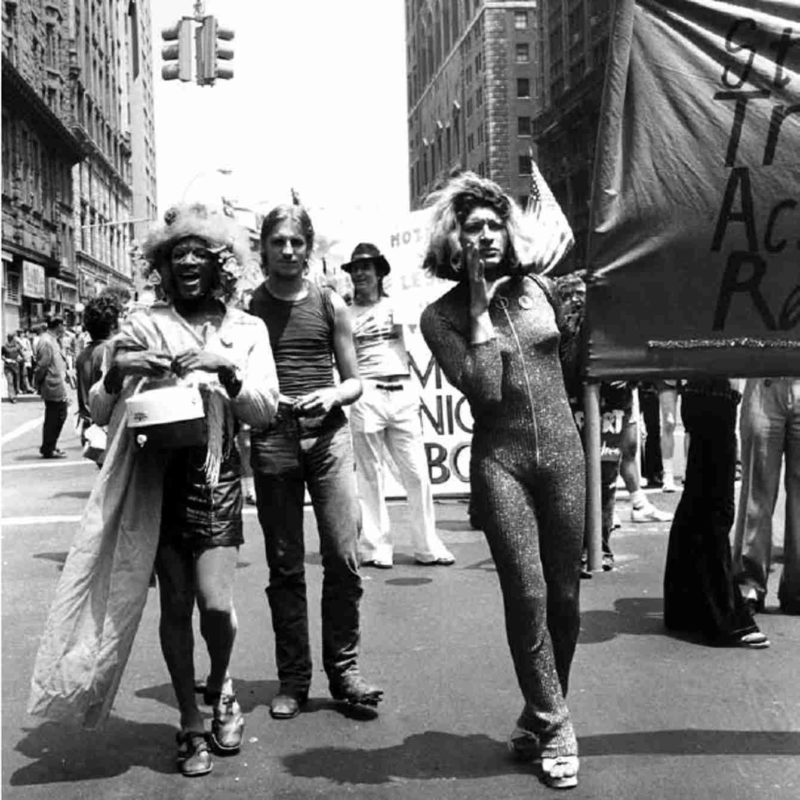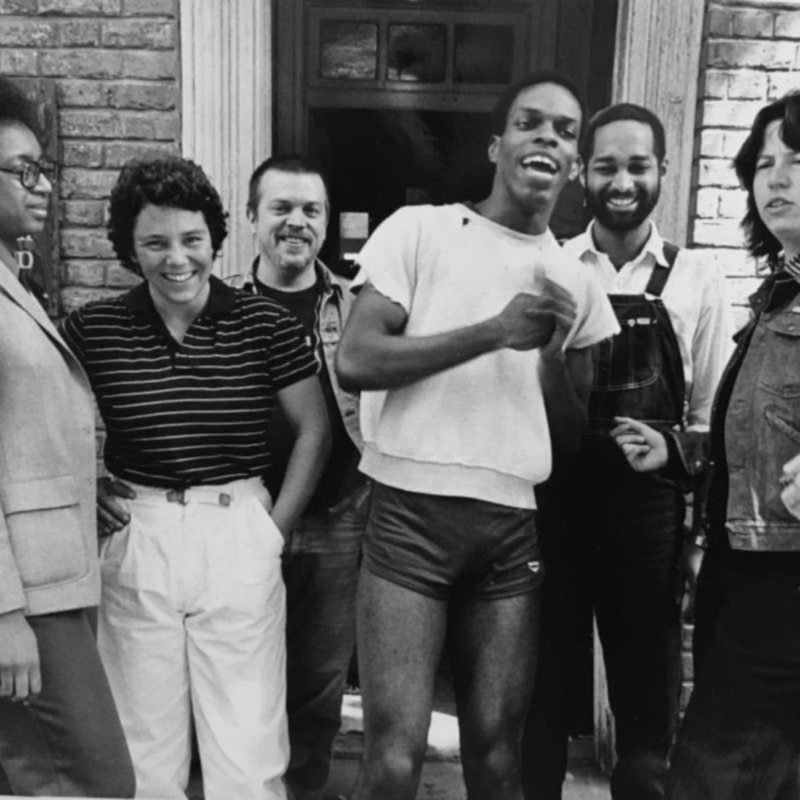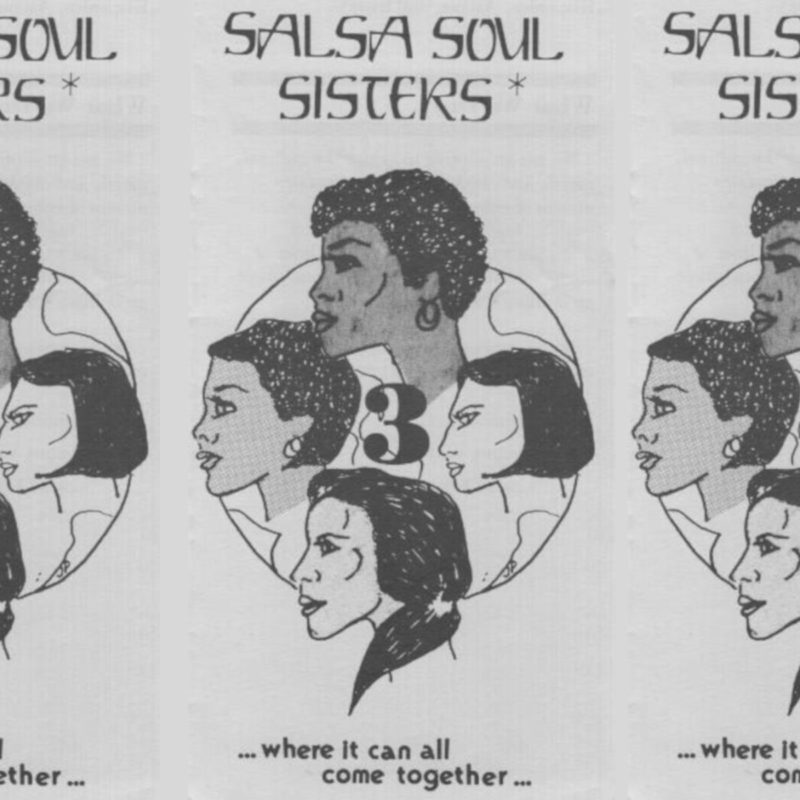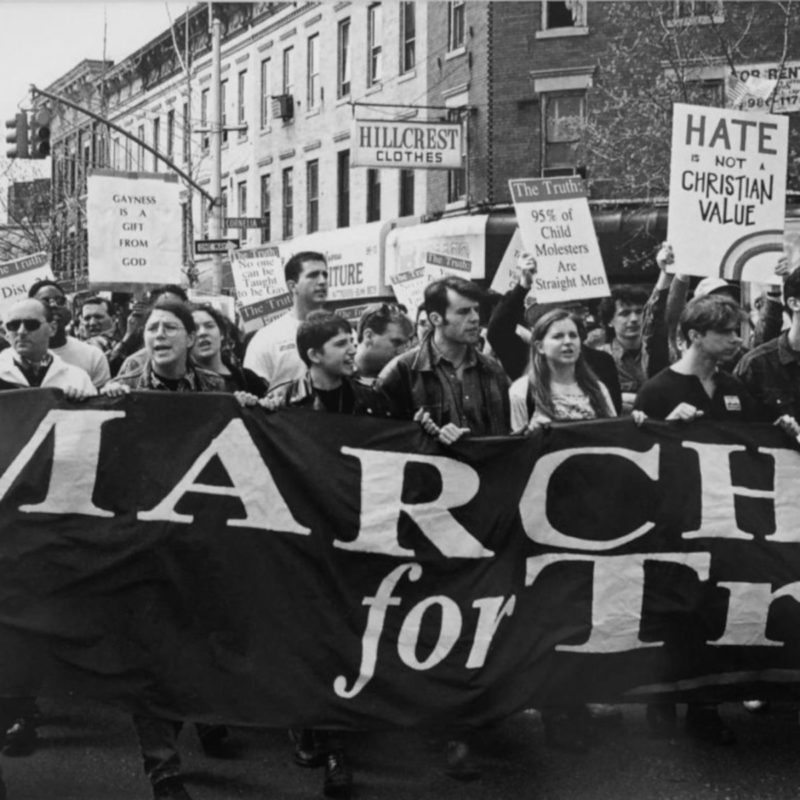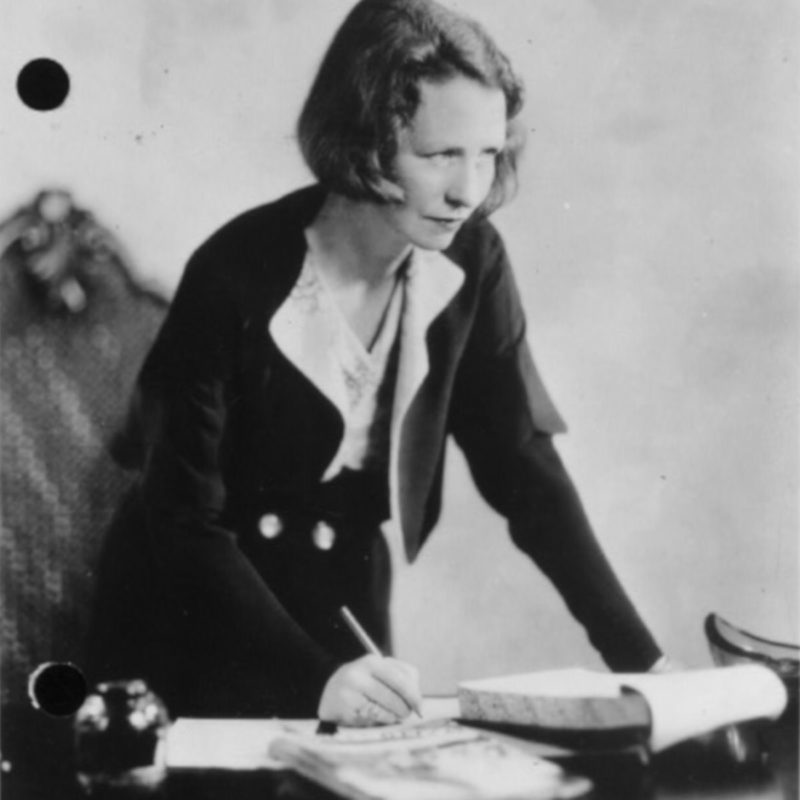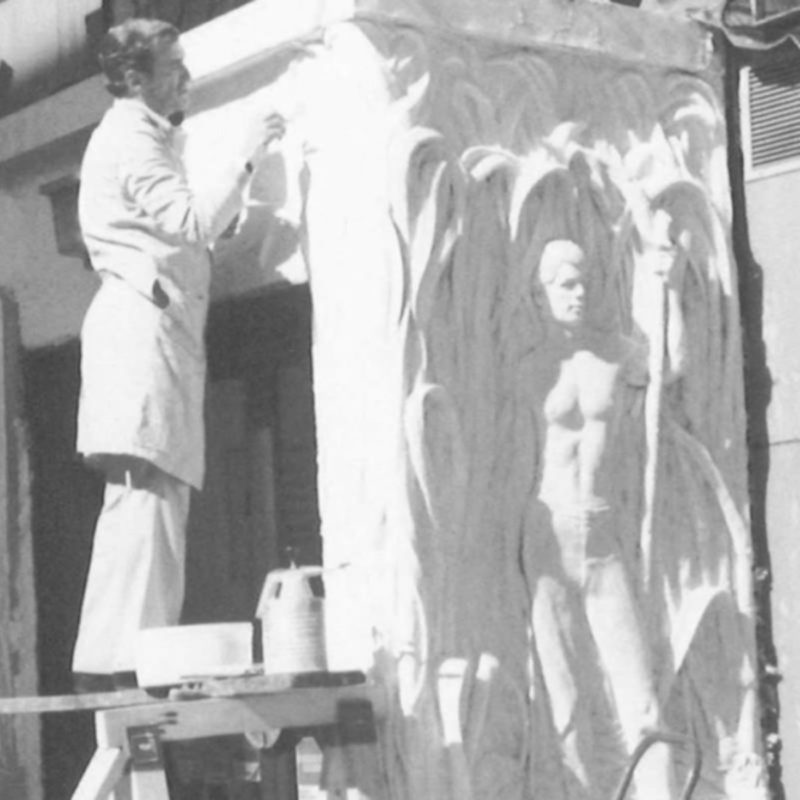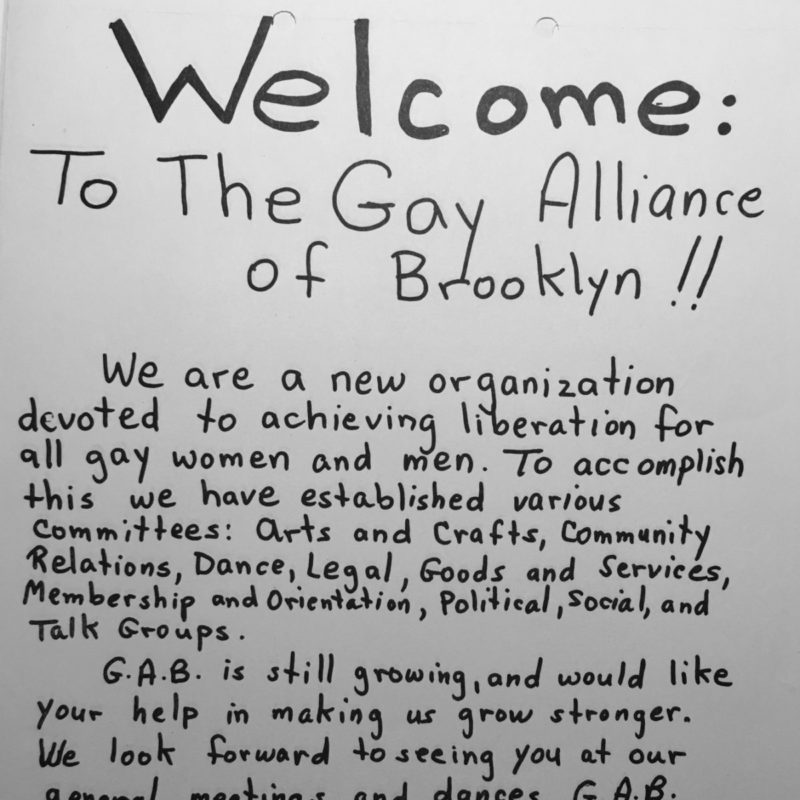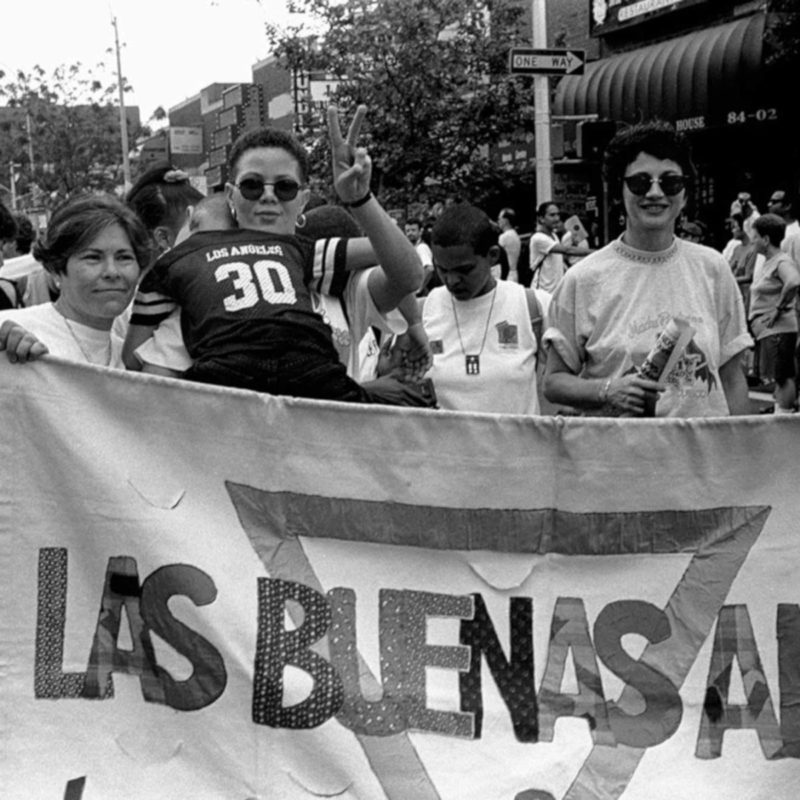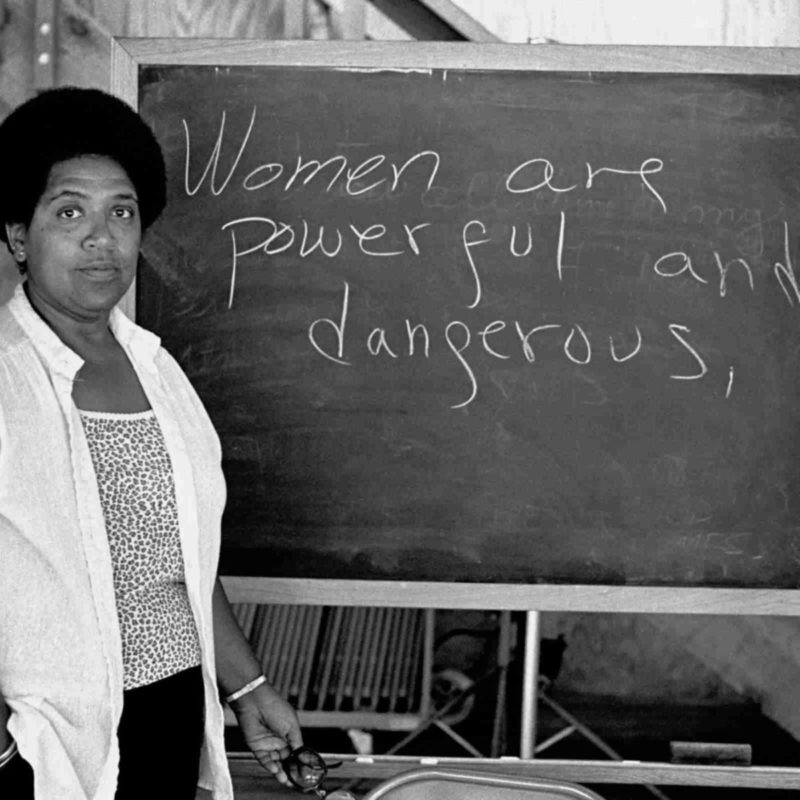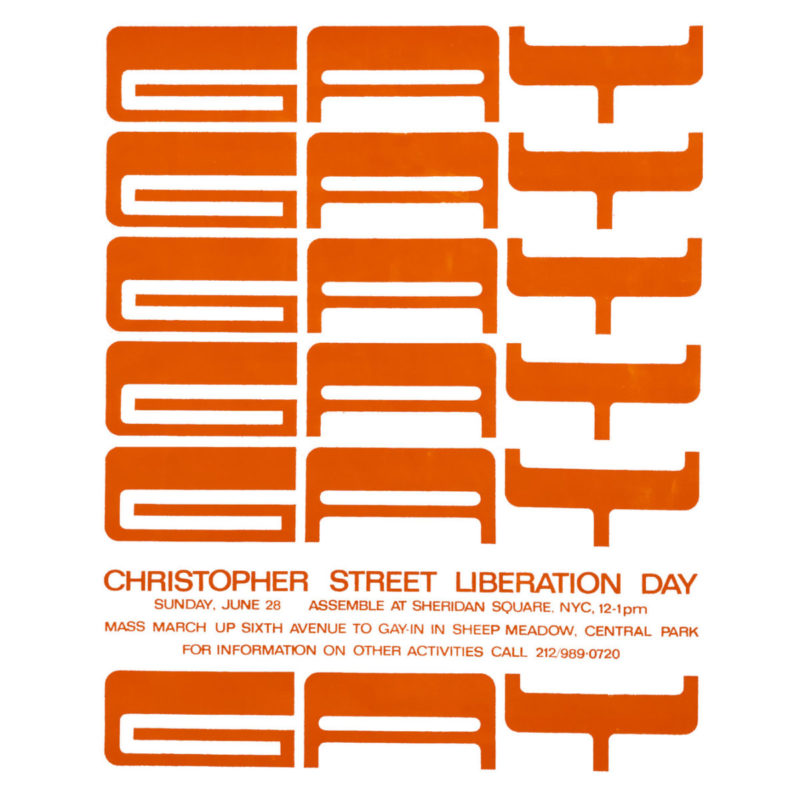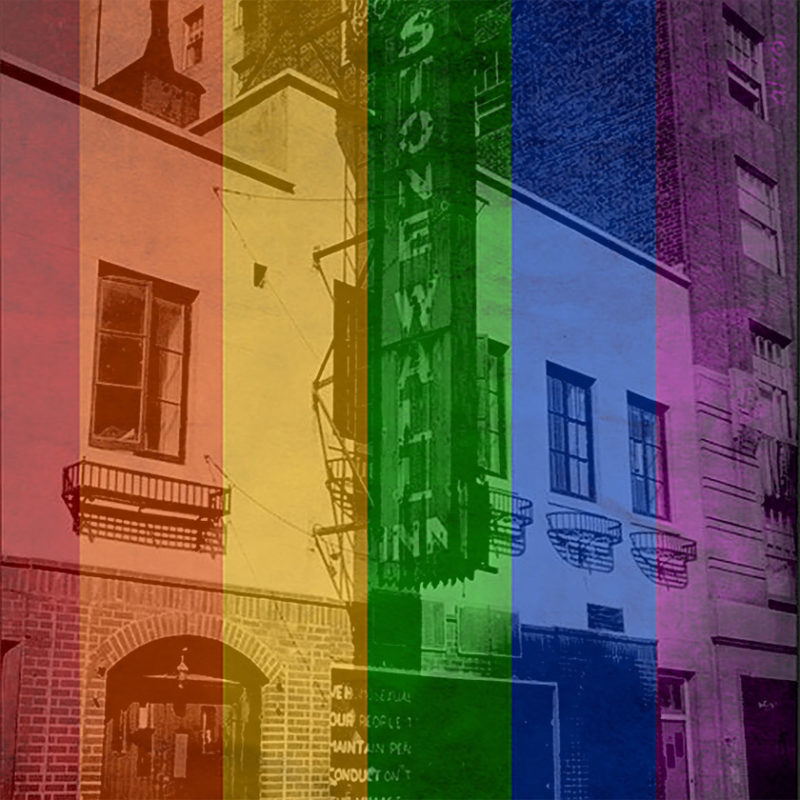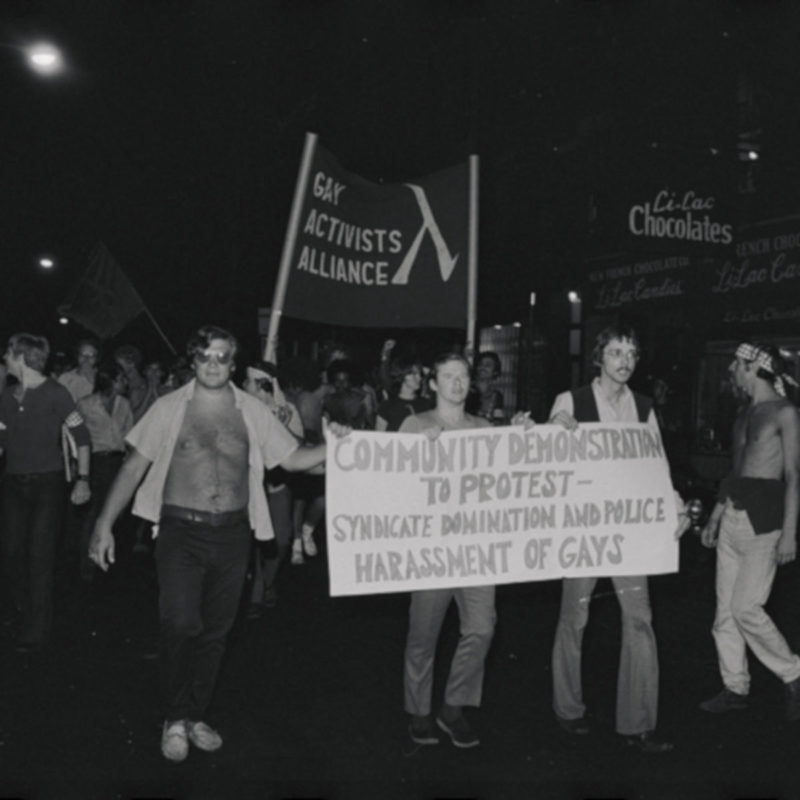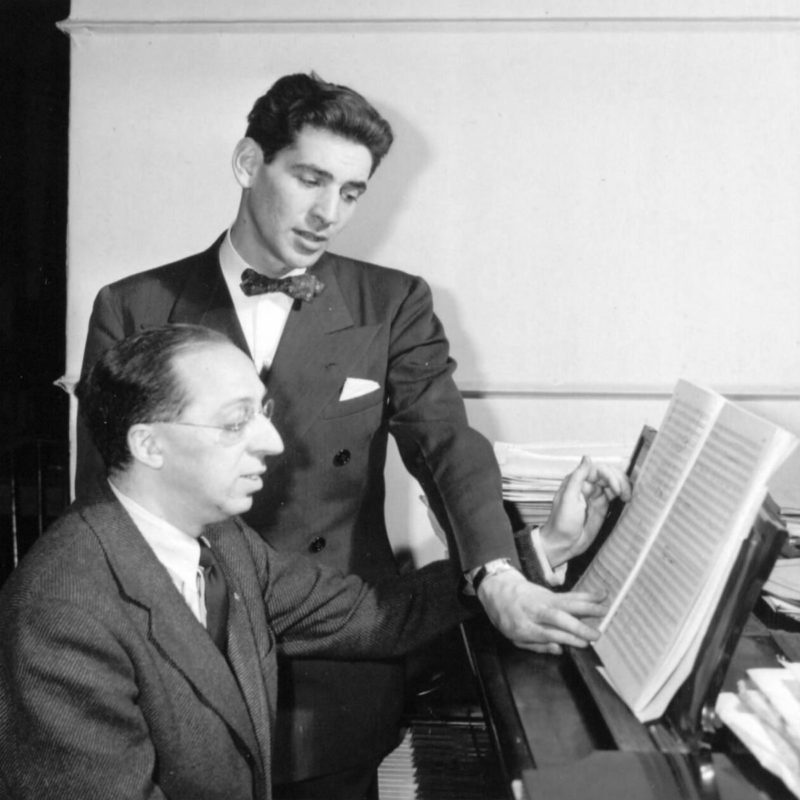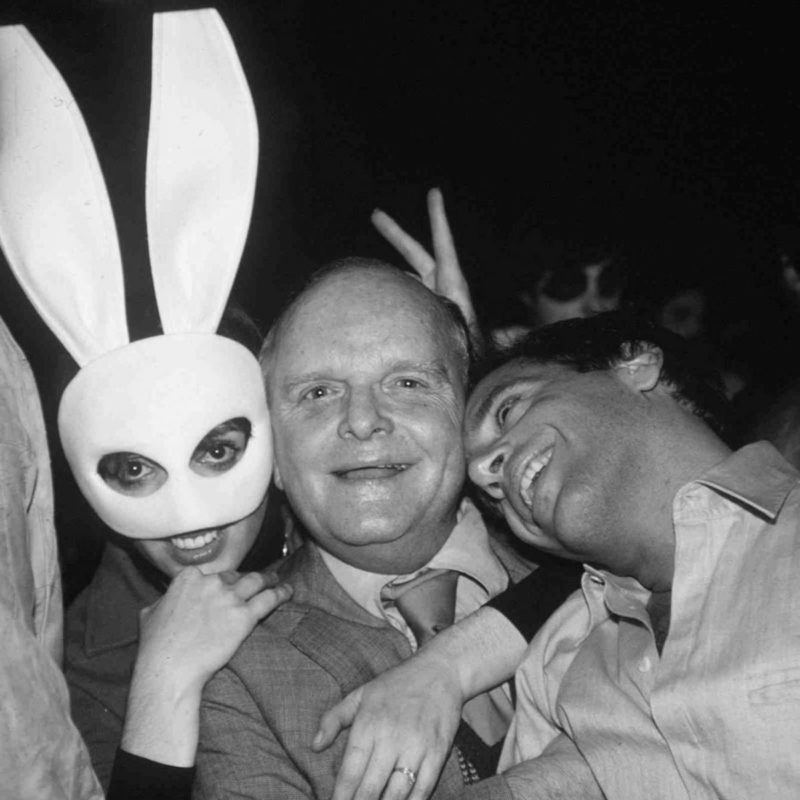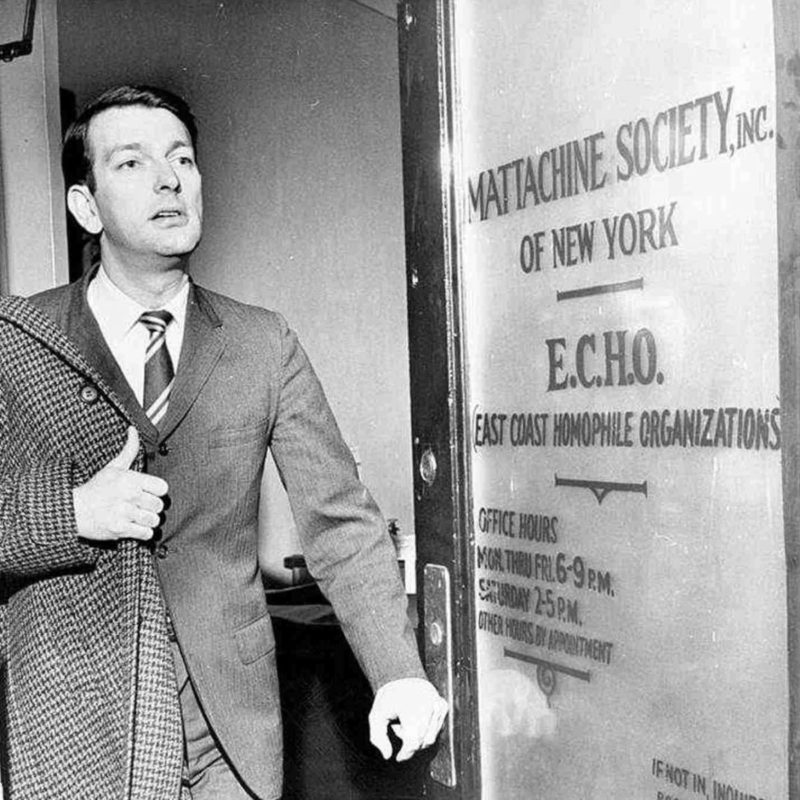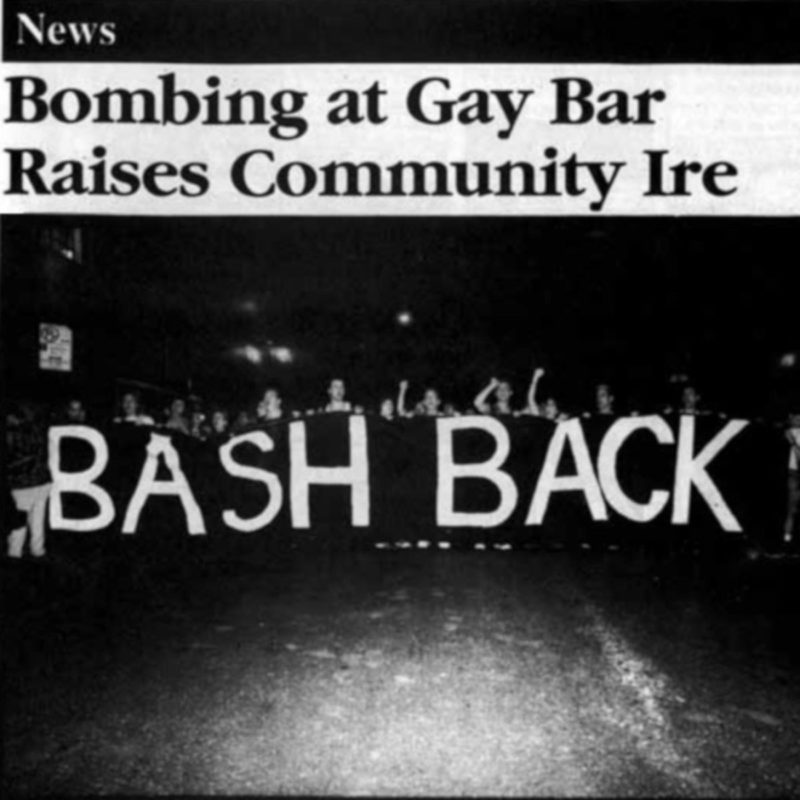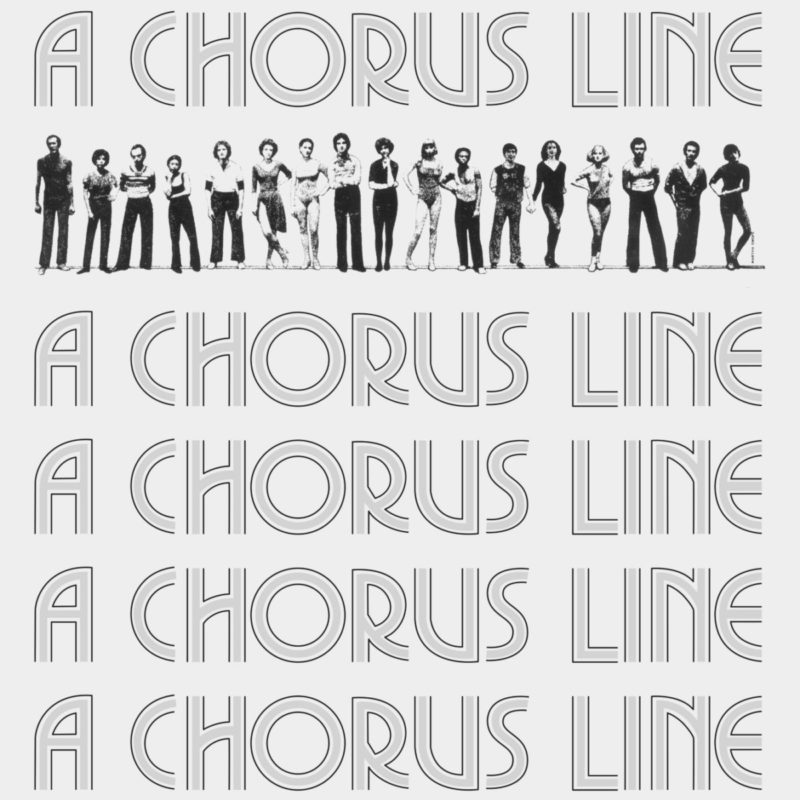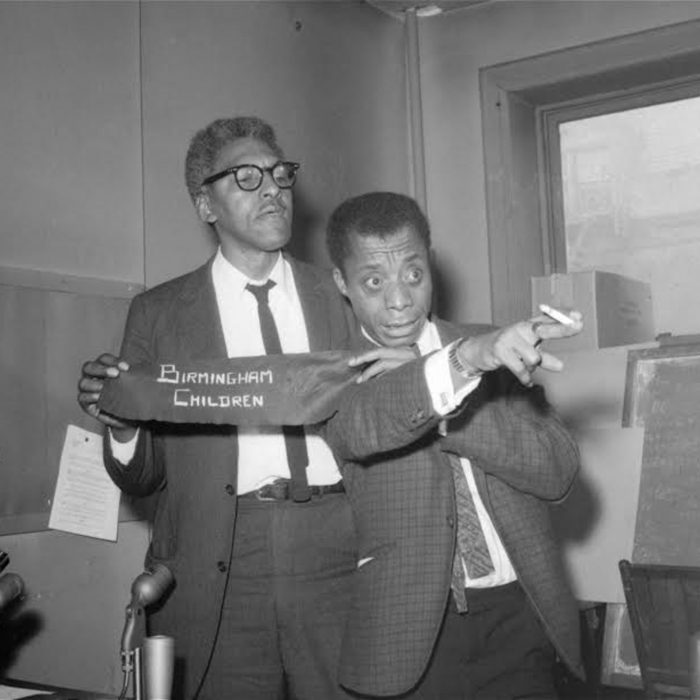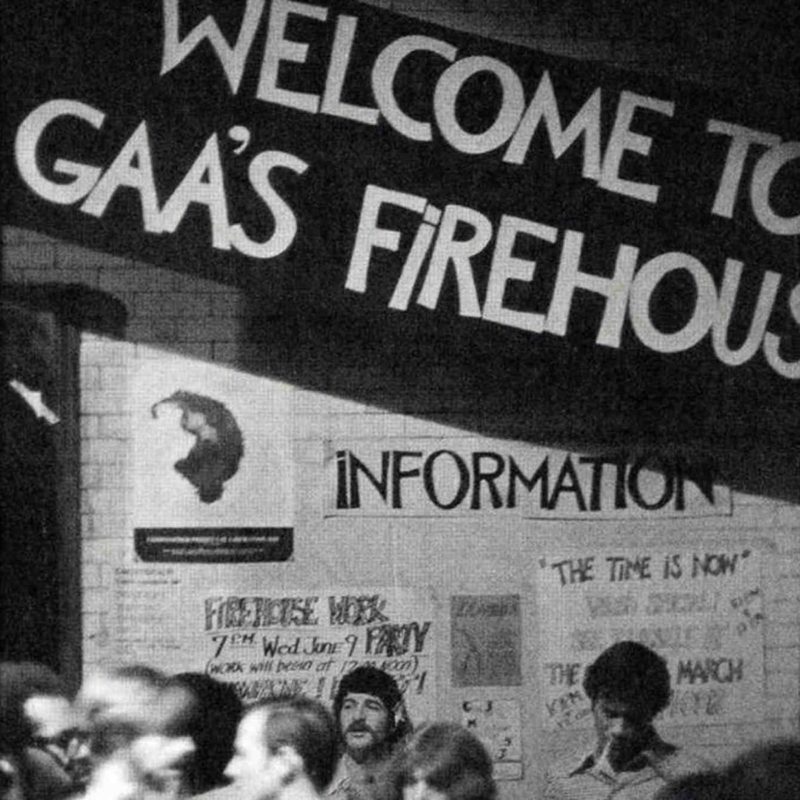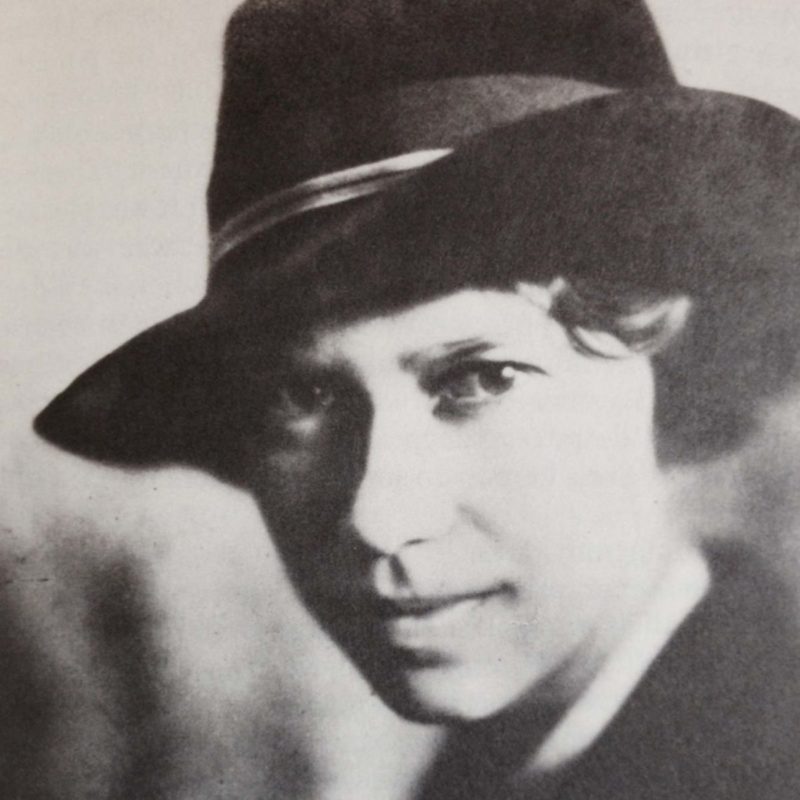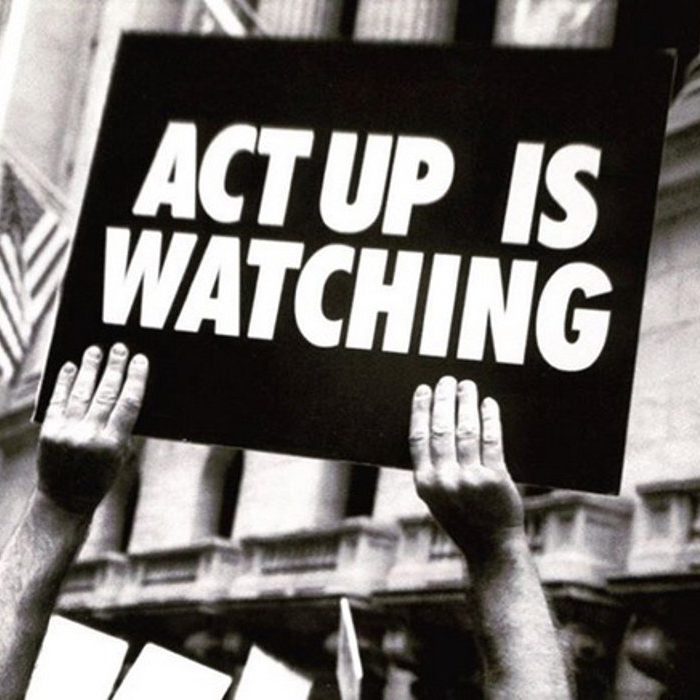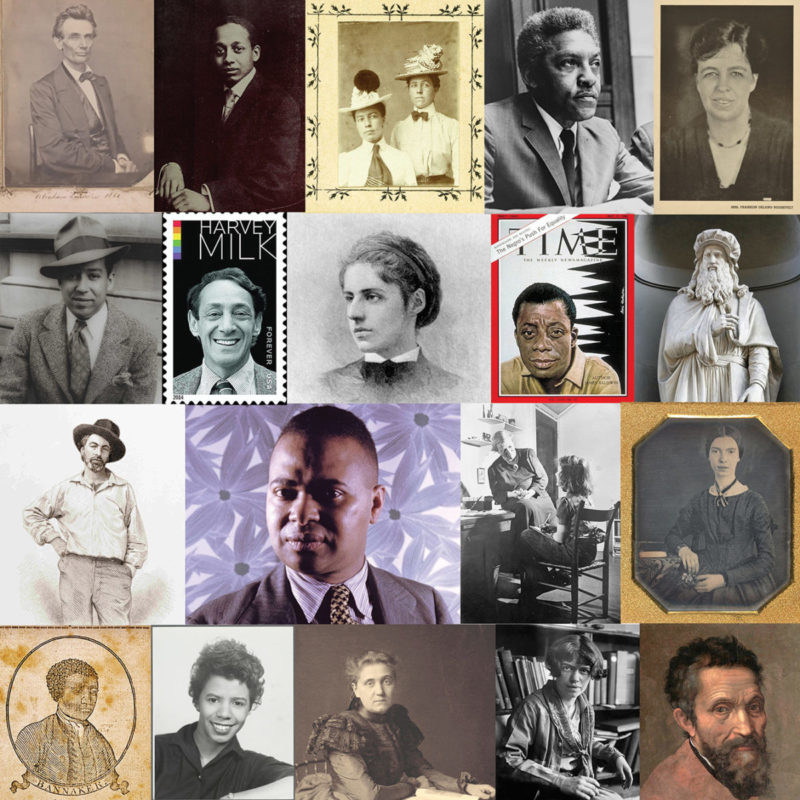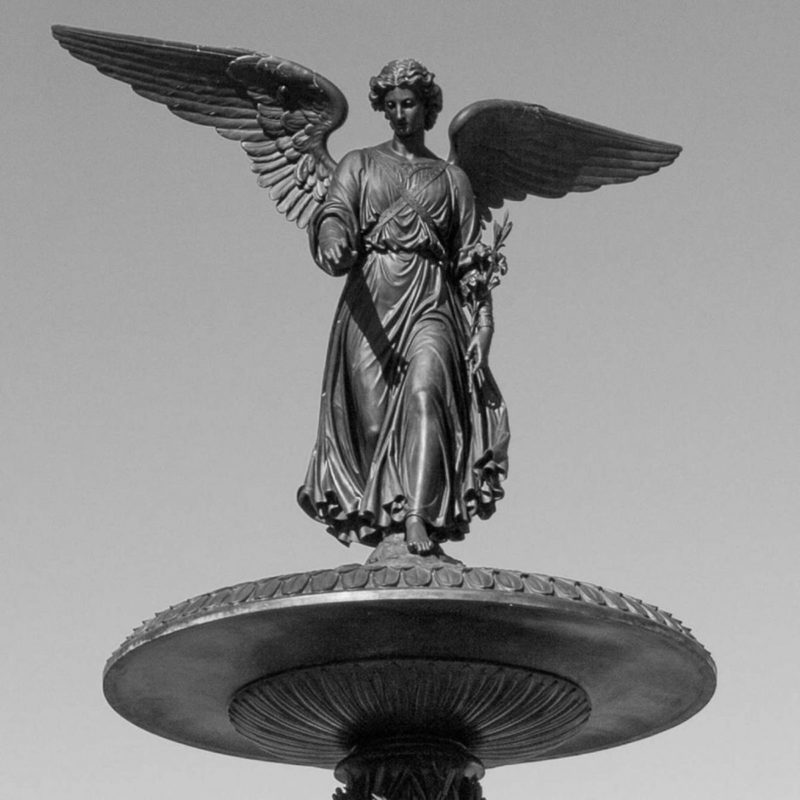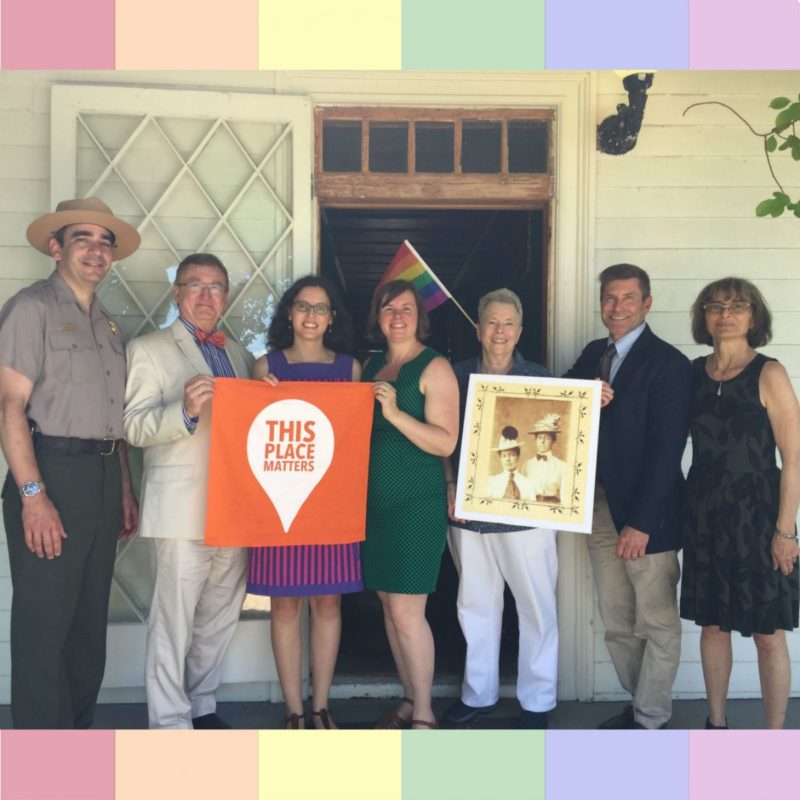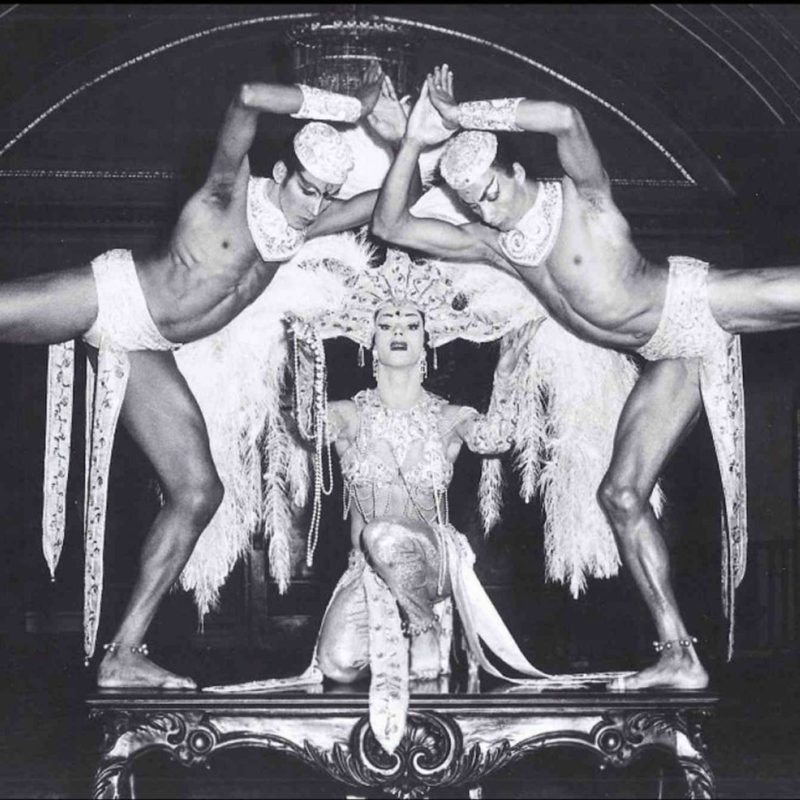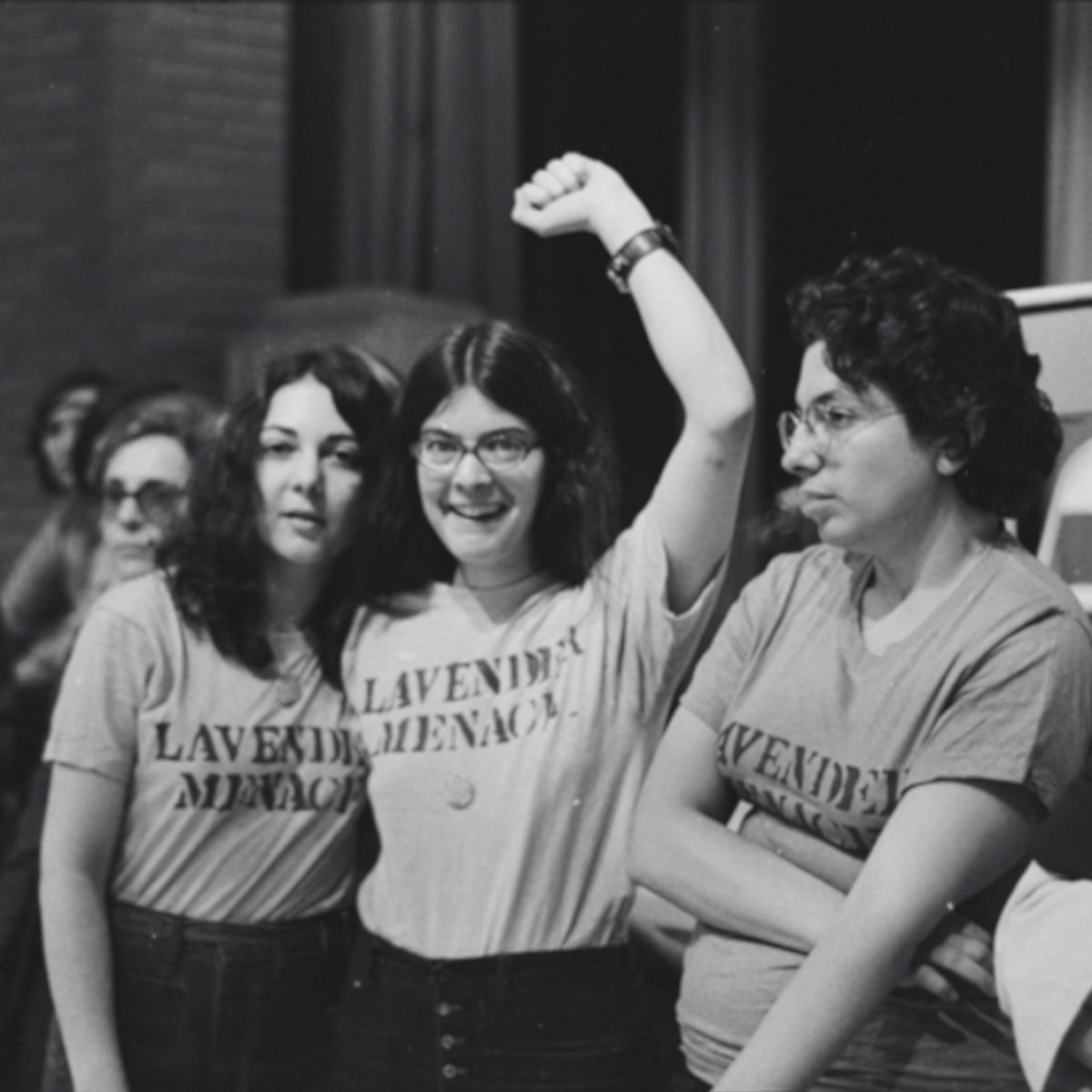
1970s Lesbian Activism & Community
overview
Lesbian rights activists in New York City worked to gain a voice, equal rights, and recognition within the Gay Liberation and Women’s Liberation movements, which emerged almost simultaneously in the late 1960s and early 1970s.
In addition to several of their own residences where they could socialize with other lesbians or strategize a protest, they founded important bookshops, restaurants, archives, and other communal women-only spaces where they could share and be exposed to lesbian-based art and culture.
This curated theme focuses on historic sites associated with lesbian activism and community in the 1970s, with many of those spaces continuing that association into the following decades. Also included is the NYC Dyke March, which, while started in the 1990s, connects back to the early days of organized lesbian-focused activism.
Historic Sites in 1970s Lesbian Activism & Community
The Jamaican-born author Michelle Cliff was living in this two-family house when she graduated from nearby Curtis High School in 1965. In later years, when she became a prominent writer,... Learn More
Brooklyn Women’s Martial Arts (BWMA), renamed the Center for Anti-Violence Education in 1990, was founded in 1974 to teach self-defense skills and karate to women and girls (including lesbians and... Learn More
Djuna Books was a feminist bookstore in Greenwich Village, which operated from a storefront on the West 10th Street side of this rowhouse from 1977 to 1982. The store, part... Learn More
From about 1967 to 1971, activists and then-partners Ellen Broidy and Linda Rhodes rented a fifth floor apartment at 338 East 6th Street. Fellow activist Rita Mae Brown rented the... Learn More
From 1974 to 2002, apartment 13A in this Upper West Side building was the residence of Joan Nestle, an influential lesbian activist and co-founder of the Lesbian Herstory Archives. A... Learn More
Open from 1980 to early 1983, La Papaya was a lesbian-owned vegetarian restaurant and the only feminist restaurant in New York City at this time. La Papaya featured Brooklyn’s sole... Learn More
Labyris, where the “The Future is Female” slogan was coined, was the first feminist bookstore in New York City. Owned and operated by lesbians from 1972 to 1977, this bookstore... Learn More
“Lavender Menace” was an action led by Radicalesbians, with women from the Gay Liberation Front and several feminist organizations, at the National Organization for Women’s (NOW) Second Congress to Unite... Learn More
Founded in 1974, the Lesbian Herstory Archives was first housed on the Upper West Side of Manhattan before opening its current Park Slope, Brooklyn, location in 1993. The volunteer-based Archives,... Learn More
First organized by the Lesbian Avengers in 1993, the NYC Dyke March is an annual march from Bryant Park to Washington Square for self-identified dykes who advocate for increased lesbian... Learn More
Open from 1975 to 1987, Womanbooks was the second feminist bookstore in New York City. It sold books written, published, and printed by women, many of which could not be... Learn More
Open from 1974 to 1978 in Greenwich Village, the Women’s Coffeehouse was a popular and important social gathering and activist space for New York-based lesbians. This lesbian-owned coffeehouse held live... Learn More
In the early 1970s, the Women’s Liberation Center was founded as an important meeting space for many women’s groups, including those that specifically served the lesbian community. The Center operated... Learn More
Acclaimed Black lesbian feminist, writer, and activist Audre Lorde lived here with her partner, Frances Clayton, and two children from 1972 to 1987. While here, Lorde was a prolific writer... Learn More
The American Museum of Natural History has been affiliated with numerous LGBT individuals, including Margaret Mead, Colin Turnbull and Joseph Tulles, Alexander von Humboldt, and Frederica Leser. In 1973, as... Learn More
The congregation of this former church was led by the pioneering, openly gay Reverend Paul M. Abels from 1973 to 1984. The church and neighboring parish house also provided meeting... Learn More
